The collision of Spanish and Moorish cultures in Granada makes it one of Spain’s most intoxicating cities, and with that comes a wealth of unique experiences seldom found elsewhere.
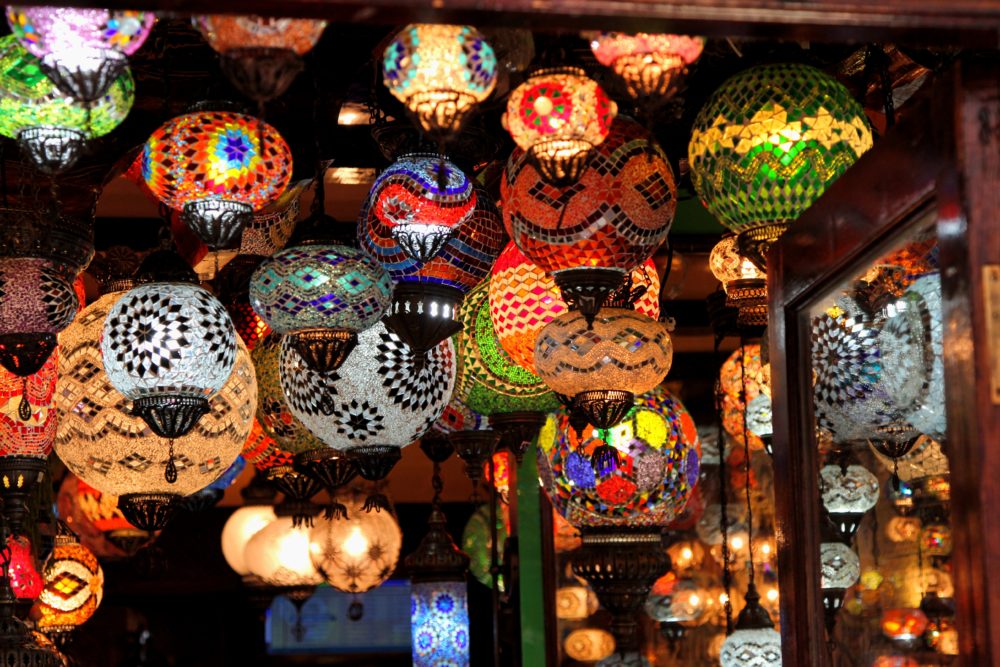
A teteria in Albaicin, Granada (Photo: Rofolas via Flickr / CC BY-SA 2.0)
Though lauded principally for the Alhambra – its out-of-this-world 1,000-year-old palace complex – Granada is no one trick pony. White-walled and deeply Andalusian, this city set in the Sierra Nevada mountains is also home to Spanish literary titans, flamenco in caves and hopping tapas bars. Throw in its astounding interactive science museum, atmospheric hammams and Spanish / North African fusion restos, Granada’s glory days continue. Here, we’ve selected some of the most unique things to see and do.
Sip Moroccan teas at the Teterias
No trip to Granada is complete without visiting the teterias (Moroccan tea houses). The custom of lounging in elaborately decorated tea rooms with puffy cushions, golden tables and lanterns throwing patterns of light on the walls has been a mainstay in Granada for nigh on half a millennium – and shows no sign of slowing. To sample the best, head for the Moorish quarter in Albaicin (specifically Calle Caldereria Nueva). Here, you’ll find a blitz of teterias that also offer shisha and tasty Arabic pastries.
Go on a tapas crawl
Once a ubiquitous practice in Spain, Granada is one of the last remaining cities to offer free tapas. Taking a tapas tour is a great way to immerse yourself in the city’s culture. Granada Tapas Tours offer a number of tours including “Classic Lunch Route”, “Hidden Gems Tour” and “Customised Tapas Tour”. If you’re more of a free-roller, Calle Nava, a cobbled street in the Centro district has tapas bars offering flaming chorizo, fried-fish and curried sausage. Bodega Castaneda (Calle Almireceros, 1-3) is a classic tapas haunt where rowdy locals knock-back red wine and pick at generous plates of jamón, cheese and tortilla.
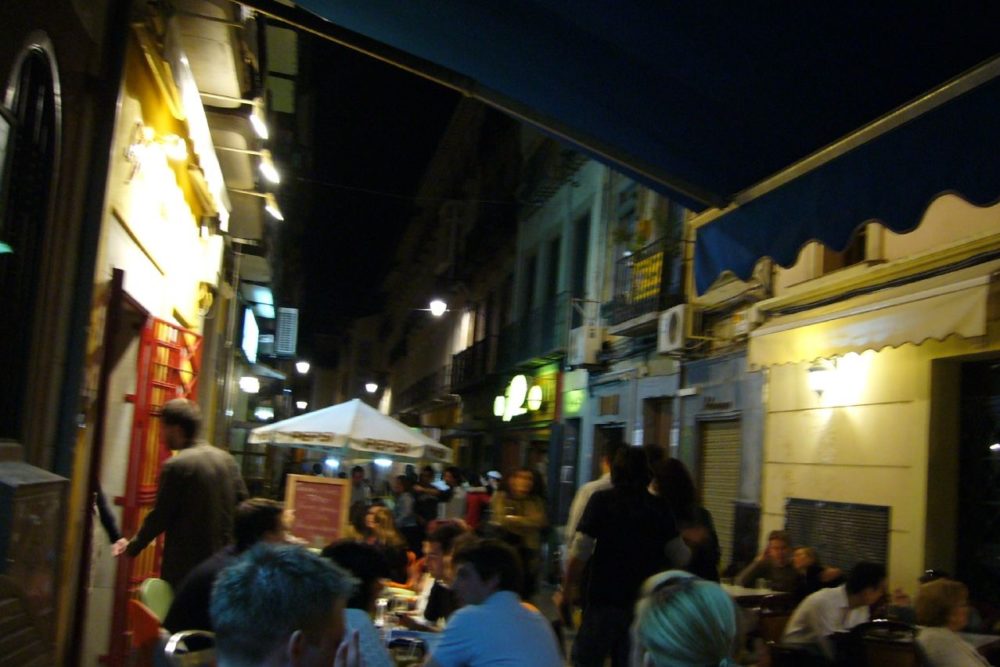
Granada’s main tapas trail, Calle Nava (Photo: jbolles via Flicker / CC BY-ND 2.0)
Visit the museum of Spain’s greatest writer
Casa Museo Federico Garcia Lorca is the holiday home of Federico Garcia Lorca, Spain’s greatest poet and playwright. Born in Granada in 1898, Lorca brought to life the city’s passionate and enigmatic character in masterpieces such as Gypsy Ballads and Blood Wedding. Lodged in a landscaped park, the house retains its understated charm. Lorca’s subject was often flamenco. No surprise then, that the grand piano is the house’s main focal point. Upstairs is a gallery of family photos and artefacts, along with shots of admiring visitors such as Paul Auster, Patti Smith and Suzanne Vega.
Calle Virgen Blanca / Tues-Sun 9:30am to 5:00pm Closed Monday
See the sights of Granada by Segway
To optimise Granada’s many sublime vantage points, and to take in the many different sides of the city without jumping on endless buses and trams, taking a segway tour is a fun way to do it. Seek out one of the fantastic segway tours where a guide will take segwayers zooming through the Moorish neighbourhoods Sacromonte and Albaicin, finally reaching a plateau where the city’s panorama unfolds. Dominating the skyline, and nestled in the undulating sierras surrounding it, this is where you can see the Alhambra’s majesty in all its splendour.

View of the Alhambra (Photo: melenama via Flickr / CC BY-SA 2.0)
Explore the world of science at the Science museum
For a fun day out with the family, Parc de la Ciencas (Science Park) will certainly put smiles on faces. Attracting more than 700,000 visitors per year, the park is the most visited museum in Andalucia. Inhabiting 70,000 square metres, it takes visitors on an interactive tour of seven different themes which include ‘Journey into the Human Body’, ‘Planetarium’, and ‘Butterflies and Birds of Prey’. Alongside this, it also offers a window into the world’s bio-diversity in its ‘BioDomo’. The space recreates a variety of the planet’s natural habitats such as tropical rainforests and marine environments, and houses more than 200 species of animals and plants.
Avenida de la Ciencia / Tues-Sun 10:00am to 7:00pm Closed Monday
Bathe and cleanse Granadino style
After a long day of exploring Granada’s many charms, revitalise in one of the city’s salubrious spas and hammams. Holding the crown for best hammam, Hammam de Al- Andalus (Calle Santa Ana, 16) is set in a 14th-century Moorish townhouse. Offering Alhambra-esque luxury with colonnaded and ornately decorated thermal baths, steam rooms and a choice of massages, the building exudes a regenerative spirit. Alternatively, recline at the smaller Aljibe de San Miguel (Calle San Miguel Alta, 41), and imbibe Moroccan mint teas while having a massage. Décor is faux-Moroccan-style with intimate spa pools, atmospheric lighting and soothing music.
Watch a flamenco concert in a cave
Federico Garcia Lorca poetically described flamenco as “the first tear, the first kiss”. Andalucia is unarguably where flamenco found its roots. Though Seville may stake its claim as the art-form’s birthplace, Granada has created its own rousing blend of flamenco called Granadina. Fusing ornate guitar playing with gentle yet passionate bursts of spontaneous dance, flamenco is best experienced in caves deep in the Sacromonte hills, or in the labyrinth of streets in Albaicin. Peña la Plateria (Plaza Toqueros, 7, Albaicín) is a more formal setting where you will find the flamenco cognoscenti. For an authentic “flamenco in a cave” experience, Zambra Maria la Canastera (Camino del Sacromonte, 89) is the best bet.
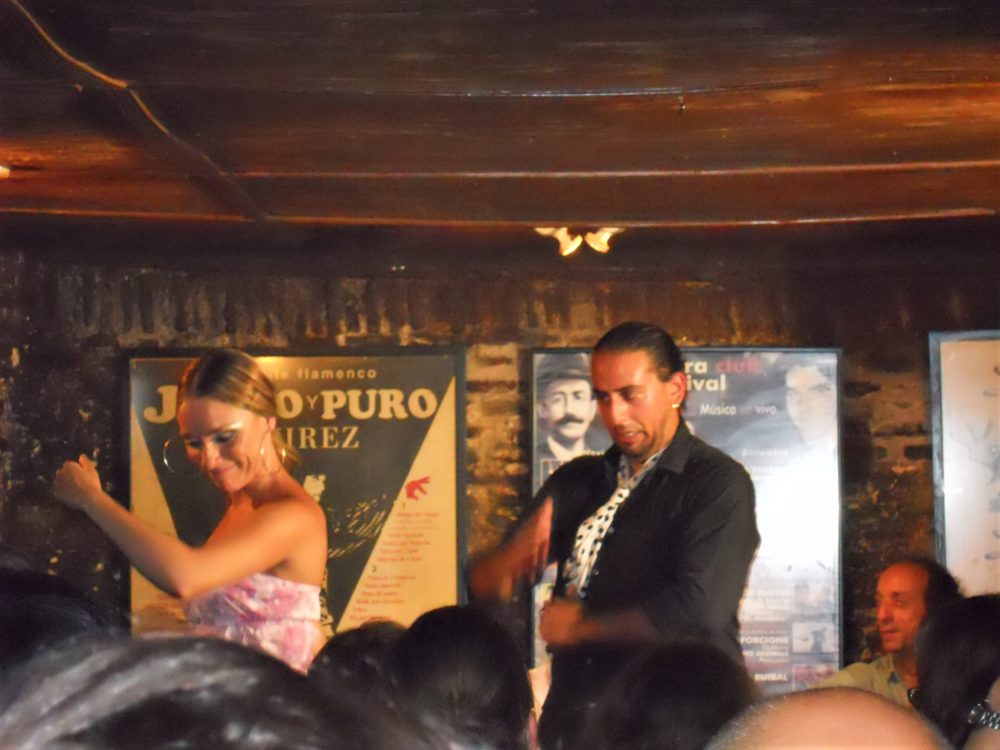
Flamenco dancers in Granada (Photo: Adam Soloman via Flickr / CC BY-ND 2.0)
Bustle and barter at the bazaars
Originally a succession of streets between Plaza Nueva and Plaza Bib-Rambla, The Alcaicería – home of the Great Bazaar of Granada – is today mainly concentrated on Calle Alcaicería, and reaches back to the Granada Cathedral area. The street bristles with bartering North-African bazaar owners selling their wares. Truly one of – if not the – most colourful nooks in Granada, the marketplace becomes a whirl of silk, smoke and spice, where a treasure trove of leather bags, hand-made rugs and silhouetted lanterns populate its den-like stalls and shops. Vestiges of the old market tradition can be located on the tumble of steps and archways in and around Calle Caldereria Nueva.
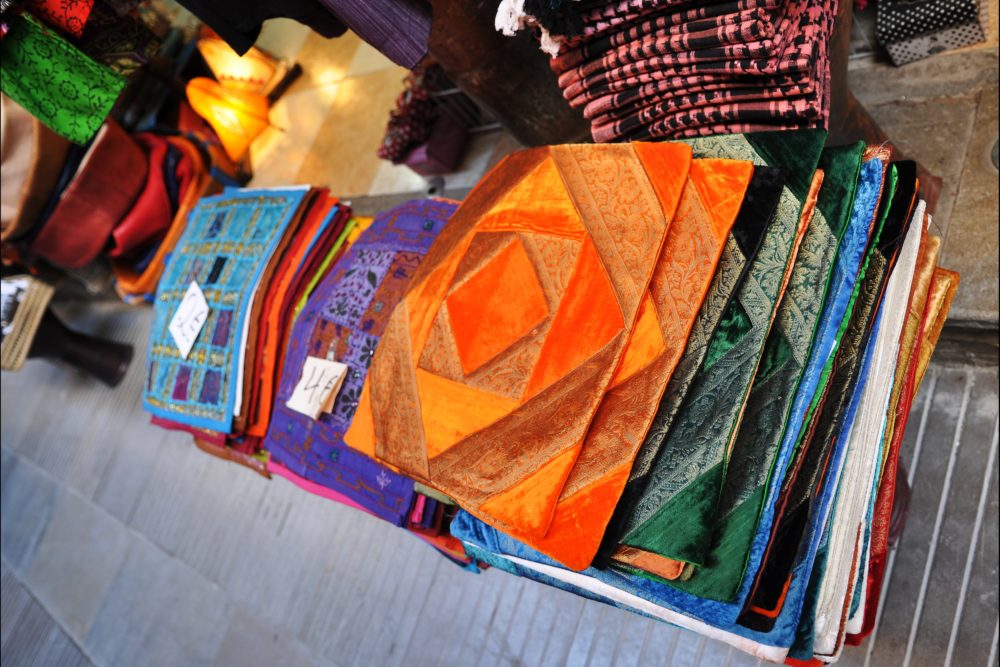
Bazaar in Calle Alcaicería (Photo: Manette GONZALEZ via Flickr / CC BY 2.0)
Admire Granada’s most beautiful church
The Basilica of San Juan de Dios (C. San Juan de Dios, 17) may seem rather unexciting from its exterior. Yet, its interior is a true visual extravaganza. A dazzling tribute to the patron saint of Granada (and of hospitals and nurses), this 18th-century structure unveils a dizzying display of Baroque opulence. Its gilded dome ceilings soar above pillared balconies, from where you can admire the intricate murals, sculptures and frescoes that adorn its walls. Though the Basilica’s star attraction is the extraordinary golden altarpiece found in the main chapel.
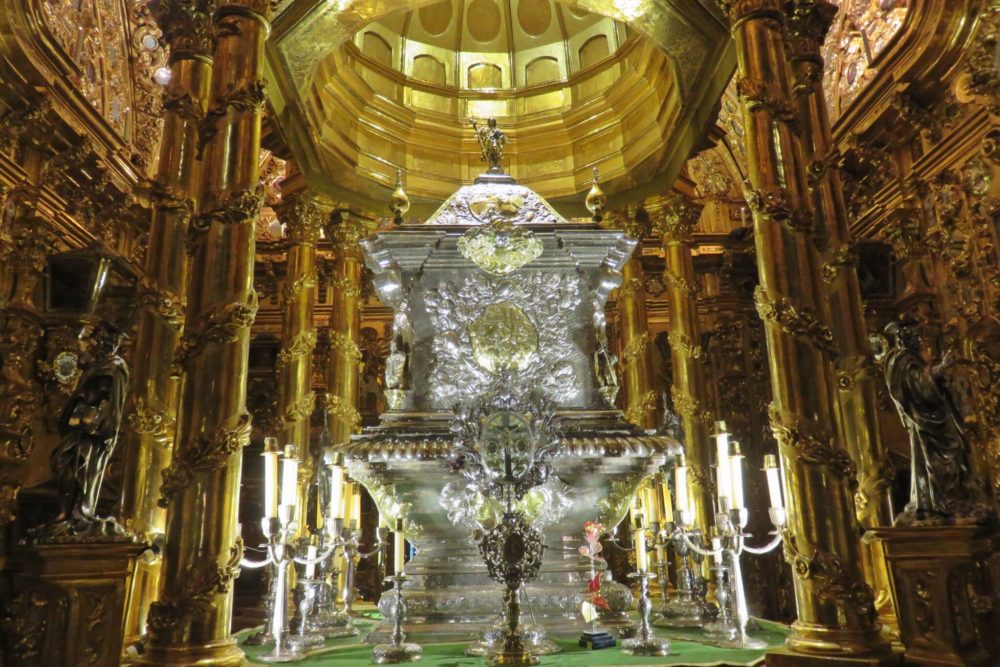
The altar at Basilica of San Juan de Dios (Photo: Dan via Flickr / CC BY-SA 2.0)
Calle San Juan de Dios, 17 / Mon-Sat 10:00am to 7:00pm Closed Sunday
Sample Spanish / North African fusion food
If you’ve done all the tapas bars and want something a little more refined and restaurant-oriented, you can sample some scrumptious Spanish / North African fusion food at Restaurante Ruta del Azafran (Paseo del Padre Manjón, 1). This well-appointed restaurant’s huge bay window frames the Alhambra and its surrounding plumage for one of the best dinner-views in the city. Dine out on a starter of spicy gazpacho, a main of Moroccan chicken pie with raisins and almonds, and for dessert try the pineapple marinated in ginger with nut praline and pistachio ice cream. Round it off with a nice glass of local Alhambra beer or an Andalucian fine wine.